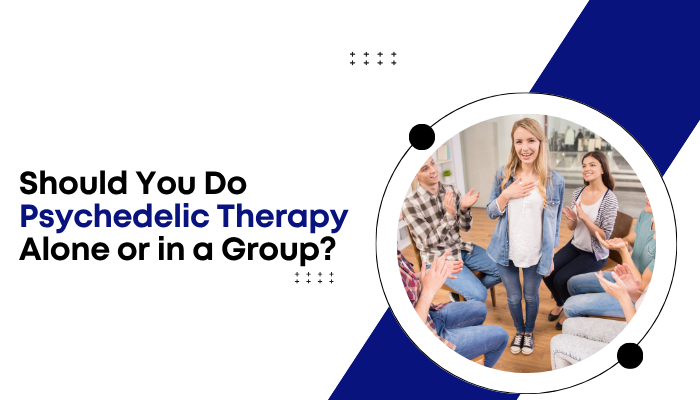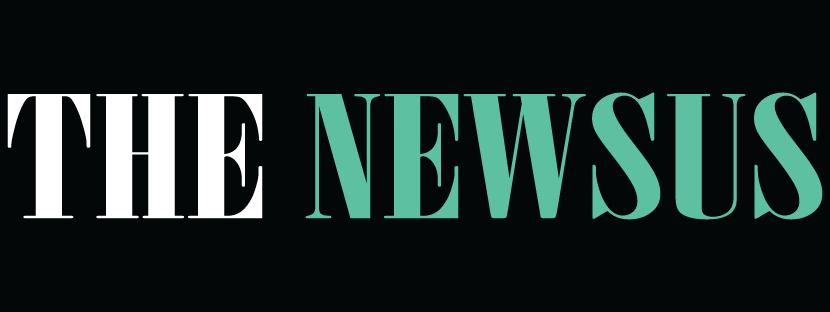Should You Do Psychedelic Therapy Alone or in a Group?
Psychedelic therapy has been gaining momentum across the U.S. and globally, showing powerful results for conditions like depression, PTSD, anxiety,...

Psychedelic therapy has been gaining momentum across the U.S. and globally, showing powerful results for conditions like depression, PTSD, anxiety, and even addiction. Whether you’re seeking emotional healing, spiritual insight, or a way out of long-term mental health struggles, the question often arises: Should you do psychedelic therapy alone or in a group?
It’s a valid question, and a deeply personal one. While psychedelic therapy can be profoundly transformative, the setting and structure in which it’s experienced play a significant role in shaping that transformation. For those considering this path, it’s essential to weigh the pros and cons of solo versus group experiences to find what truly aligns with your healing goals.
In this article, we’ll break down the core differences between individual and group psychedelic therapy, share real-life insights, and help you decide which setting might be right for you.
What Is Psychedelic Therapy?
Before diving into the comparison, let’s briefly cover what psychedelic therapy is.
Psychedelic therapy combines the use of psychoactive substances- such as psilocybin (magic mushrooms), MDMA, ketamine, or LSD- with guided talk therapy. The goal isn’t just to “trip.” Rather, it’s to enter an altered state of consciousness where deep-seated emotions, memories, and patterns can be accessed and processed in a safe, intentional space.
Whether done alone or in a group, psychedelic therapy typically follows three key phases:
- Preparation – Discussing intentions, background, and setting the stage with your therapist or facilitator.
- Journey – The psychedelic session itself, usually in a comfortable and controlled environment.
- Integration – Reflecting on the experience afterward and applying insights to your daily life.
So now, the big question: Do you go through that process solo or as part of a group?
The Case for Individual Psychedelic Therapy
One-on-one psychedelic therapy offers a private, personalized experience. Here’s why many people choose this path:
1. Deeper Emotional Safety
When you’re in a solo session, all the attention is on you. You don’t have to worry about how you’re being perceived. You can cry, shake, laugh- or say nothing at all- without filtering yourself.
For individuals who’ve experienced trauma, shame, or emotional isolation, this kind of safety can be the difference between resisting the experience and fully surrendering to it.
2. Tailored Support
Your therapist or guide is there just for you. They can adjust the pace, the music, the environment, or even the dose based on your needs in the moment. The integration work afterward is also more focused and directly related to your life story and goals.
3. Ideal for First-Timers or Complex Trauma
If this is your first experience with psychedelic therapy, or you’re working through complex trauma, an individual setting might be more appropriate. The therapeutic container is tighter, and the support can be more immediate and responsive.
Real-world example:
Melissa, a 35-year-old social worker, did her first ketamine-assisted session one-on-one. “I needed to feel like I could fall apart and not scare anyone,” she shared. “Having just one person holding space for me let me go deeper than I expected.”
The Power of Group Psychedelic Therapy
On the flip side, group psychedelic therapy has its own unique magic. It’s not about sharing a trip in a casual setting- it’s an intentional therapeutic process, often led by trained facilitators, where participants journey together in a structured environment.
So, what are the benefits?
1. Shared Healing Experience
There’s something profoundly human about witnessing others heal. Group settings offer mirrors—reflections of our own struggles, strengths, and vulnerabilities. Sometimes, another person’s insight unlocks something in us that we couldn’t find on our own.
2. Connection and Belonging
Many people seek psychedelic therapy because they feel isolated or disconnected. Being in a group can counter that directly. It helps people see they’re not alone, and it creates a sense of community that often extends well beyond the session.
3. Lower Cost, Higher Access
Let’s be honest—individual psychedelic therapy can be expensive. Group sessions, which often include similar preparation and integration support, tend to be more affordable. That makes this option more accessible for people who are otherwise priced out of the care they need.
Real-world example:
After attending a psilocybin group retreat, James, a 42-year-old teacher, said, “The medicine helped, but it was hearing other people’s stories afterward that changed everything for me. I realized I wasn’t broken- I was human.”
Which Option Is Right for You?
There’s no one-size-fits-all answer. But here are some questions to help you decide:
- Are you comfortable being vulnerable in a group setting? If not, solo work might be better.
- Do you long for connection and shared experience? A group setting might fill that gap.
- Do you have a complex trauma history? A private setting may provide more personalized support.
- Are you new to psychedelics? One-on-one therapy can offer a gentler introduction.
- Is cost a concern? Group therapy can offer meaningful healing at a lower price point.
Also consider your personal growth style. Some people go inward better alone; others thrive when they’re part of something collective.
Safety and Integration: The Common Ground
Whether you choose group or solo, certain things are non-negotiable:
- Work with trained, ethical professionals. Make sure your therapist or facilitator has experience, especially with trauma-informed care.
- Ensure the setting is safe and legal. Depending on the substance and your location, not all psychedelic therapy is legal or regulated. Ketamine-assisted therapy is currently the most accessible legal option in many U.S. cities.
- Don’t skip integration. The trip is just part of the journey. What you do with the insights afterward is where long-term transformation happens.
Final Thoughts
Psychedelic therapy isn’t a magic cure- but it is a powerful tool for healing, growth, and self-discovery. Whether you choose to walk that path alone with a guide or in a circle with others, what matters most is your readiness and your support system.
If you’re in a city like Philadelphia, you’ll find both solo and group options for psychedelic therapy Philadelphia clinics and organizations are offering. Each setting is designed with care, compassion, and deep intention- because this work deserves nothing less.
So trust your gut. You know what kind of space you need to heal. Whether it’s one voice guiding you or many stories weaving alongside yours, psychedelic therapy can open doors to parts of yourself that were always waiting to be seen.
Click – thenewsus.com



